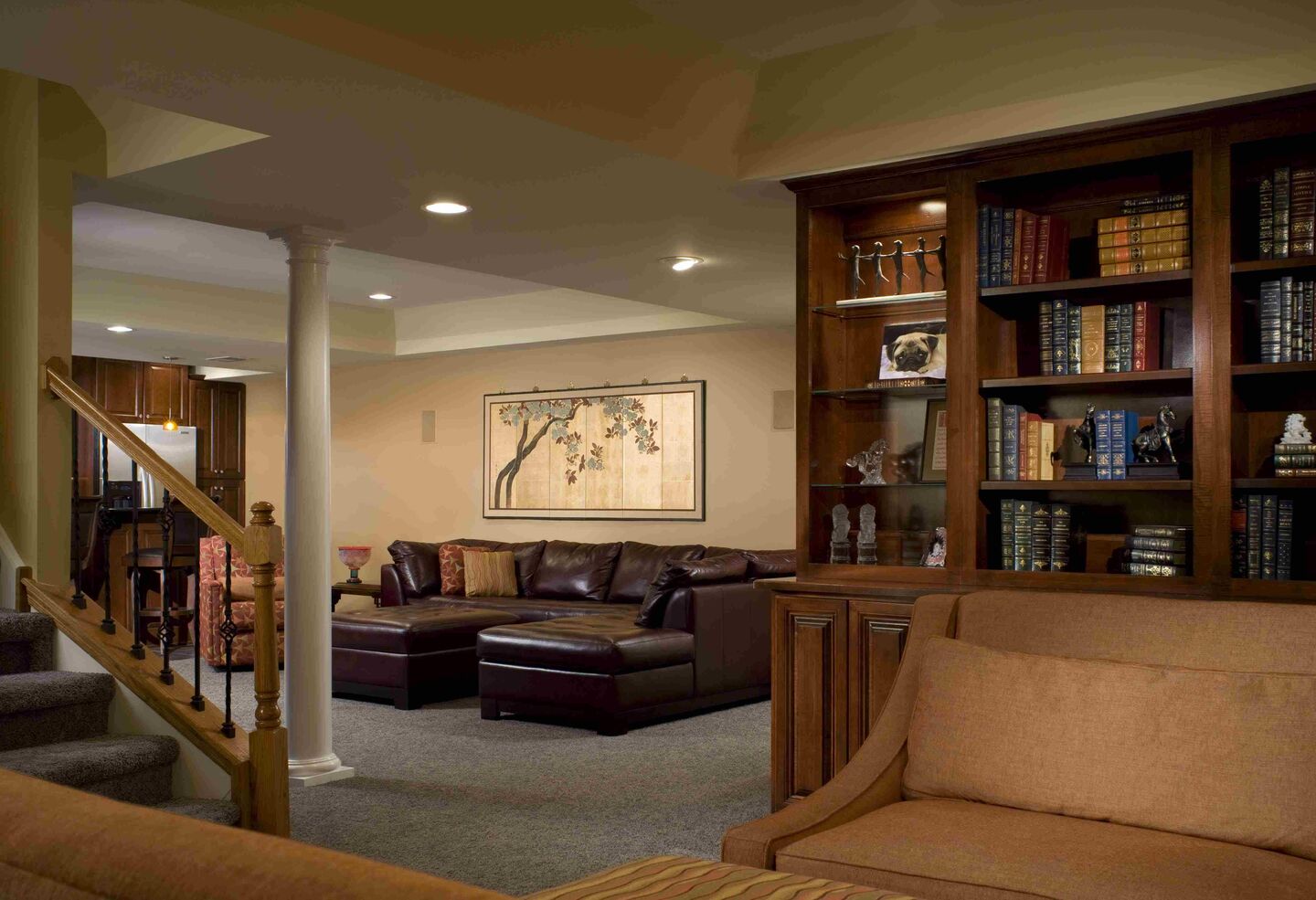Waterproofing a Finished Basement without Tearing it Apart

Finished basements are great. They can add living space to a home with bedrooms, family rooms or other configurations. They can be utilitarian as well, housing a workshop, hobby space or a laundry room. Of course, there’s always the “man cave.”
Whatever the use of a finished basement, it usually represents a significant commitment of time and money by the homeowner, whether it was a DIY project or handled completely by a contractor. Under the best of circumstances, the raw basement space would have been fully waterproofed before construction began but, unfortunately, this isn’t always the case.
Sometimes, the incremental cost of waterproofing puts the price tag of the renovation out of reach and the homeowner chooses to roll the dice. In other cases, a DIY-er may not be aware of the need for waterproofing or a contractor may not inform the client beforehand.
When seepage does occur in a finished basement, the stakes are higher because of the potential for damage to carpets, furnishings, electronics, stored goods and more. Spotting water in a finished basement often causes despair on the part of the homeowner who immediately pictures destruction of the beautiful living space to fix the seepage.
The good news for this homeowner is that, in most cases, a finished basement can be waterproofed without tearing it apart.
How to Waterproof a Finished Basement without Tearing it Apart
The most common source of water in poured concrete basement is a non-structural crack in the wall. In an unfinished space, these cracks are repaired from the inside but they can also be fixed permanently from the exterior.
Exterior crack repair begins by excavating a small-diameter hole next to the foundation at the site of the crack. The hole, which extends down to the foundation footings, is then filled with granular sodium bentonite clay, which absorbs water from the surrounding soil to form a permanent water barrier on the foundation wall.
Once the remaining hole has been backfilled, the repair is invisible.
If the foundation is made of concrete block or other masonry, cracks will occur in mortar joints and admit water into the basement. These cracks can also be repaired permanently on the exterior of the foundation by installing an exterior waterproofing membrane.
The damaged wall is first excavated down to the footings and dirt and other matter is cleaned from the wall. Technicians then use trowels to apply a thick coating of asphalt-modified polyurethane to the wall, which will cure to form an impenetrable water barrier. This membrane should be distinguished from “damp-proofing,” which is a thin coating sprayed onto the foundation during construction to prevent condensation.
If ground water surrounding the foundation is unusually high, the membrane should be augmented with exterior drain tile, a system of perforated pipe buried next to the footings in a bed of washed gravel. The drain tile will alleviate pressure from over-saturated soil and carry ground water to a sump pump for disposal. Heavy-duty drainage board will also be installed on the walls to protect the membrane and channel water down to the drain tile.
An exterior waterproofing membrane can also be used when water enters the finished basement through porous concrete or over the top of a foundation wall.
When a homeowner finds that a finished basement is threatened by water seepage, he or she will need the advice and assistance of an experienced basement waterproofing contractor. At U.S. Waterproofing, we started in business in 1957 by doing exterior waterproofing and have grown into one of the largest full-service basement waterproofing companies in the country with more than 300,000 satisfied customers. Why not ask for our free advice when your finished basement gets soggy?
Want to know more about waterproofing a finished basement? Post your questions in the Comments box below.




